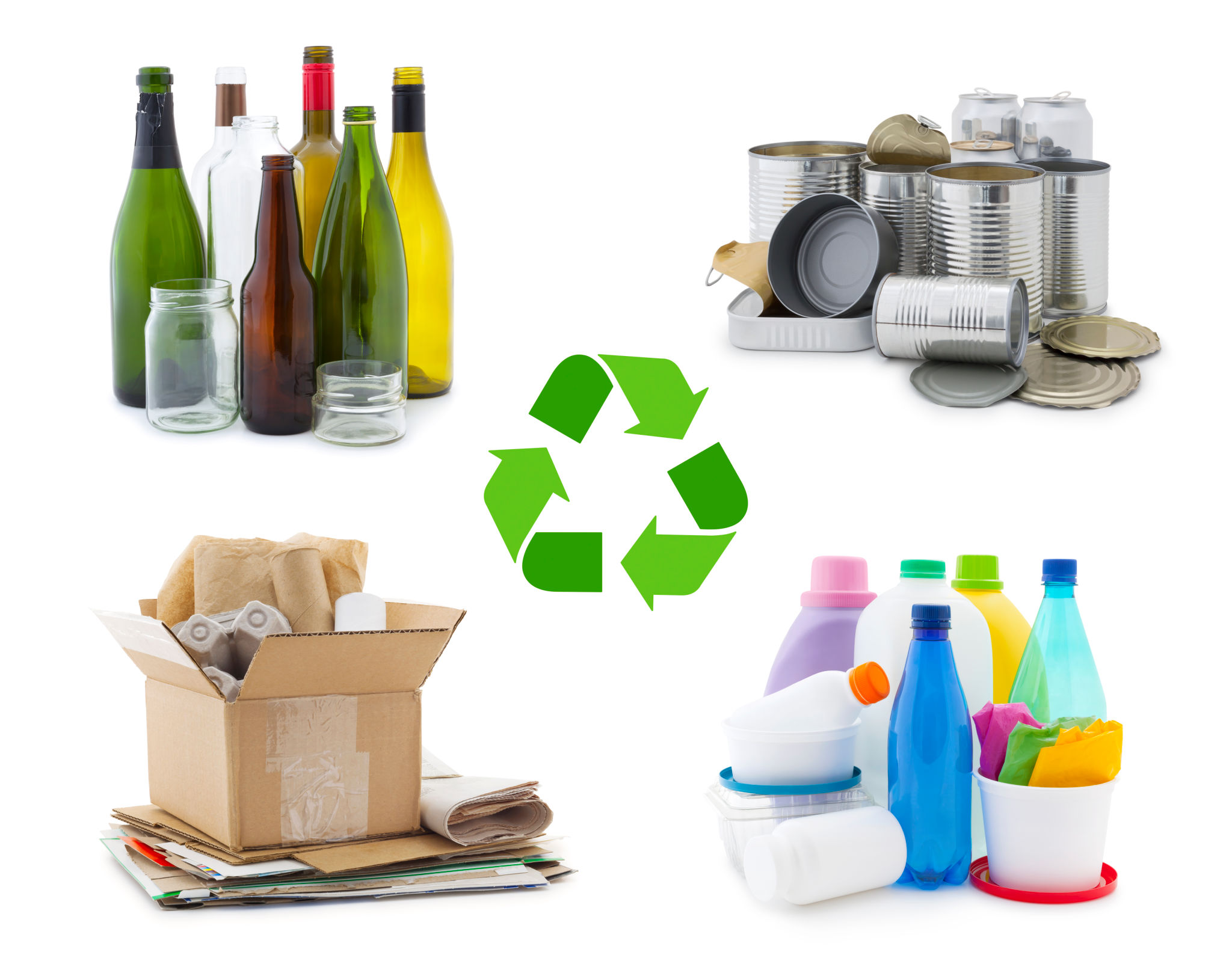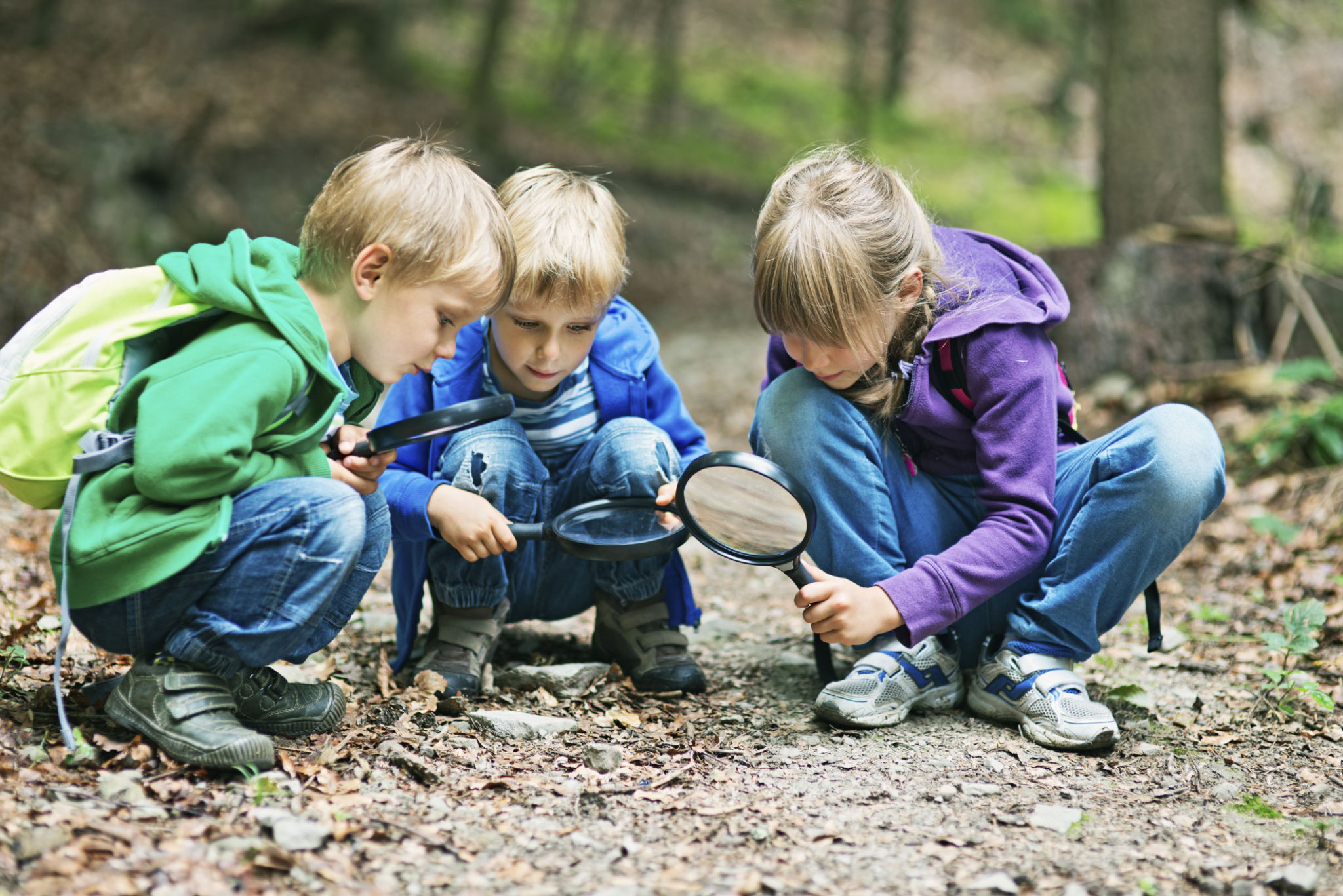The Environmental Impact of Toy Manufacturing and How We’re Leading Change
The Environmental Impact of Toy Manufacturing
In the world of toy manufacturing, the environmental impact has become a significant concern. The production processes, materials used, and the lifecycle of toys contribute to a larger ecological footprint than many might realize. As awareness grows, both consumers and companies are beginning to recognize the importance of sustainable practices in this industry.
Most toys are made from plastics and other synthetic materials, which are derived from non-renewable resources. The manufacturing process itself often involves significant energy consumption and can release harmful emissions into the atmosphere. Furthermore, toys are frequently packaged in materials that are not recyclable or biodegradable, which exacerbates the waste problem.

The Challenges of Sustainable Toy Production
Transitioning to more sustainable practices in toy manufacturing is not without its challenges. One of the major obstacles is the cost associated with sourcing and using eco-friendly materials. These materials are often more expensive than traditional plastics, which can deter companies from making the switch.
Another challenge lies in consumer expectations and behavior. Many consumers are accustomed to purchasing toys at low prices, and the shift to sustainable options may come with higher price tags. Educating consumers on the benefits of investing in eco-friendly toys is crucial for driving change.

Innovative Solutions for a Greener Future
Despite these challenges, there are innovative solutions being developed to reduce the environmental impact of toy manufacturing. Companies are exploring the use of biodegradable plastics, recycled materials, and even plant-based alternatives as part of their production processes.
Additionally, some manufacturers are adopting a circular economy approach, where toys are designed to be easily disassembled and recycled at the end of their lifecycle. This reduces waste and encourages the reuse of materials, aligning with broader sustainability goals.

Our Commitment to Leading Change
At our company, we are committed to leading change in the toy industry by prioritizing environmental sustainability. We've implemented several key initiatives to reduce our ecological footprint and promote responsible manufacturing practices.
- Eco-friendly Materials: We have increased our use of sustainable materials, such as recycled plastics and biodegradable alternatives.
- Energy-efficient Processes: Our production facilities have been upgraded to use more energy-efficient technologies.
- Waste Reduction: We have streamlined our packaging to minimize waste and increase recyclability.
Engaging Consumers in Our Mission
Educating and engaging consumers is a vital part of our mission. We believe that by informing our customers about the impact of their purchases, we can encourage more environmentally conscious buying decisions.
To support this effort, we've launched educational campaigns that highlight the benefits of sustainable toys and provide tips for reducing environmental impact through responsible purchasing. These initiatives aim to create a community of informed consumers who value sustainability.

The Road Ahead
The journey towards fully sustainable toy manufacturing is ongoing, but we are optimistic about the progress being made. By continuing to innovate and collaborate with industry partners, we can further reduce our environmental impact while providing high-quality, eco-friendly toys for future generations.
Together with our consumers and stakeholders, we strive to set a standard for sustainability in the toy industry. Our commitment to this cause is unwavering, and we look forward to leading change that benefits both people and the planet.
